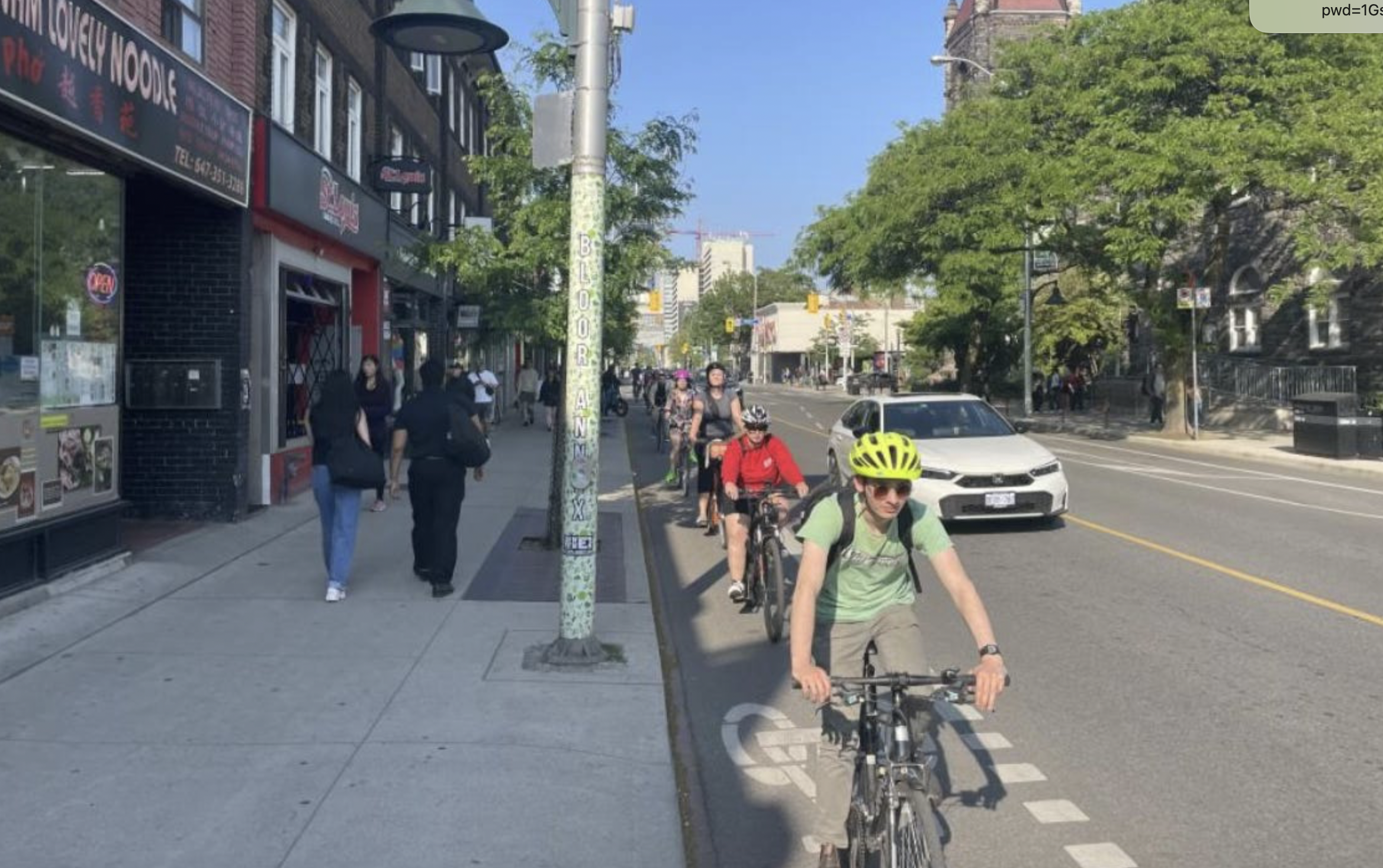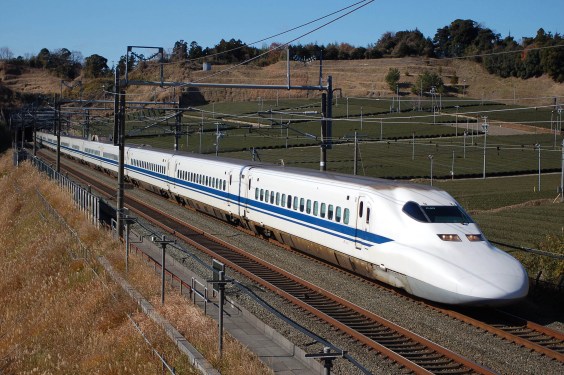- Senator Cardin Wants Transportation Bill to Prioritize Road, Bridge Repairs (T4America blog)
- New Report: High Gas Prices, Not Low Fares Boost Transit Ridership (Infrastructurist)
- Scenes From CNU 19: Poticha, Blumenauer Tout Push for Livability (Transpo Nation)
- WSJ Blog Gives a Lot of Ink to Wendell Cox's Claim That Smart Growth Caused the Housing Bubble
- FL Gov. Scott Dumps Growth Management for New Agency Promoting Development (Miami Herald)
- “National Dump the Pump Day” Reminds Commuters of Alternatives (Times Union, Car Connection)
- Volvo: Forget Google Cars, Software Puts Cars on "Road Train" (MSNBC)
- Hertz Adds Electric Bikes to Rental Fleet (EarthTechling)
- General Motors Invests in Zero-Emission Transit Buses (MLive)
- Are Sprawling, Unwalkable Cities Making Us Fat? (Good)
Streetsblog
Today’s Headlines
Stay in touch
Sign up for our free newsletter
More from Streetsblog USA
Ambulance Data Reveals That Boston Drivers Are 4 Times More Likely to Run Over Pedestrians From Black Neighborhoods
"Overall, residents of predominantly Black and Latino neighborhoods are about four times more likely than residents of predominantly white neighborhoods to be struck as a pedestrian."
Tuesday’s Sprawling Headlines
Sprawl seems to be having a moment, but it remains a very shortsighted and environmentally disastrous way to solve the housing crisis.
Does Constant Driving Really Make Our Country Richer?
A new study reveals that constant driving is making America less productive and prosperous — and getting people on other modes could help right the ship.
This Threatened Toronto Bike Lane Gets More Rush Hour Traffic Than the Car Lane
Toronto leadership claim "no one bikes" on their cities' paths — but the data shows otherwise.
How to Do High-Speed Rail Right
At the APTA conference in San Francisco, representatives from France, Germany, and Japan revealed the secrets behind their high-speed rail success stories.
‘We’re Not Copenhagen’ Is No Excuse Not to Build a Great Biking And Walking City
A team of researchers identified eight under-the-radar cities leading the local active transportation revolution — and a menu of strategies that other communities can and should steal.





